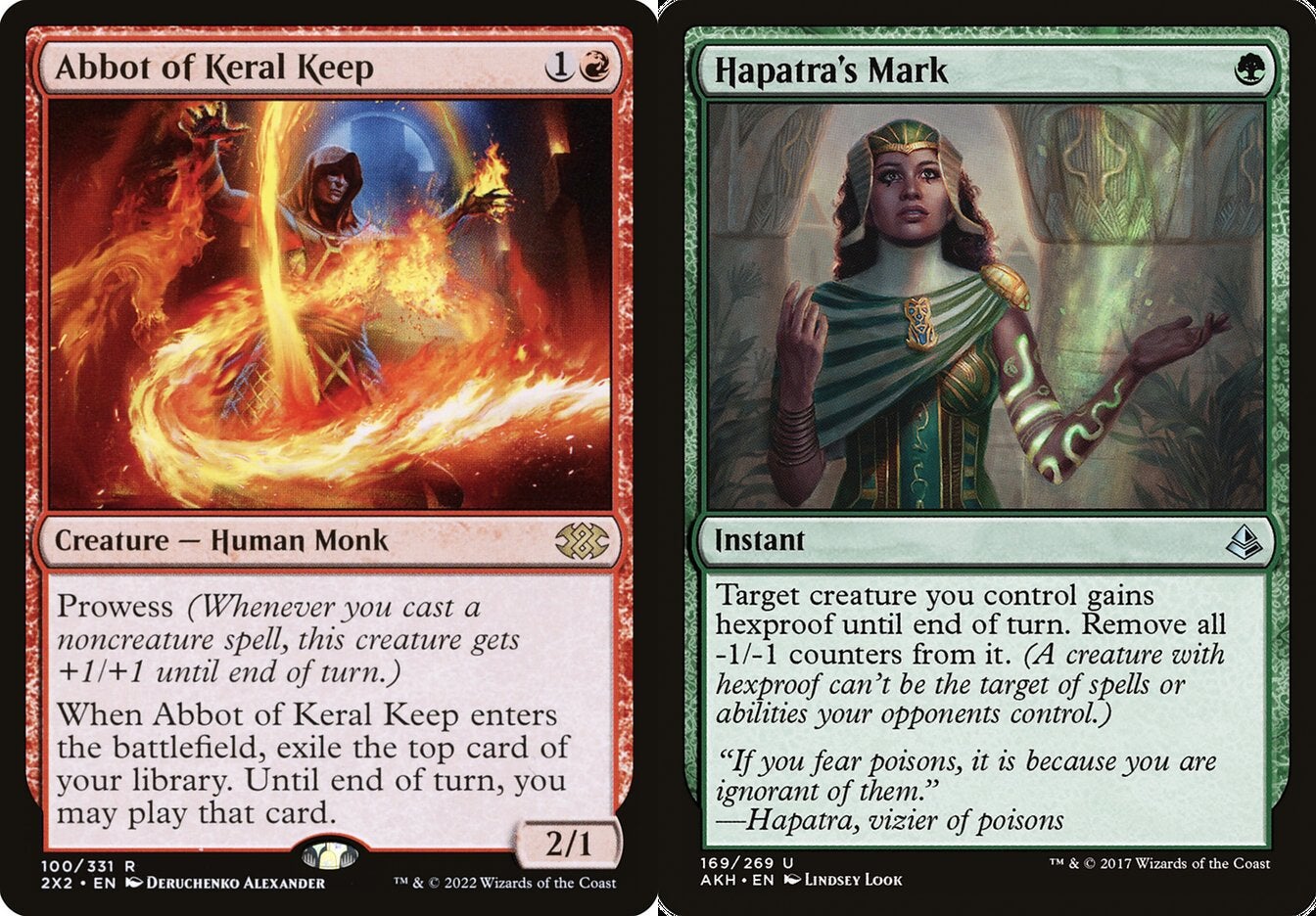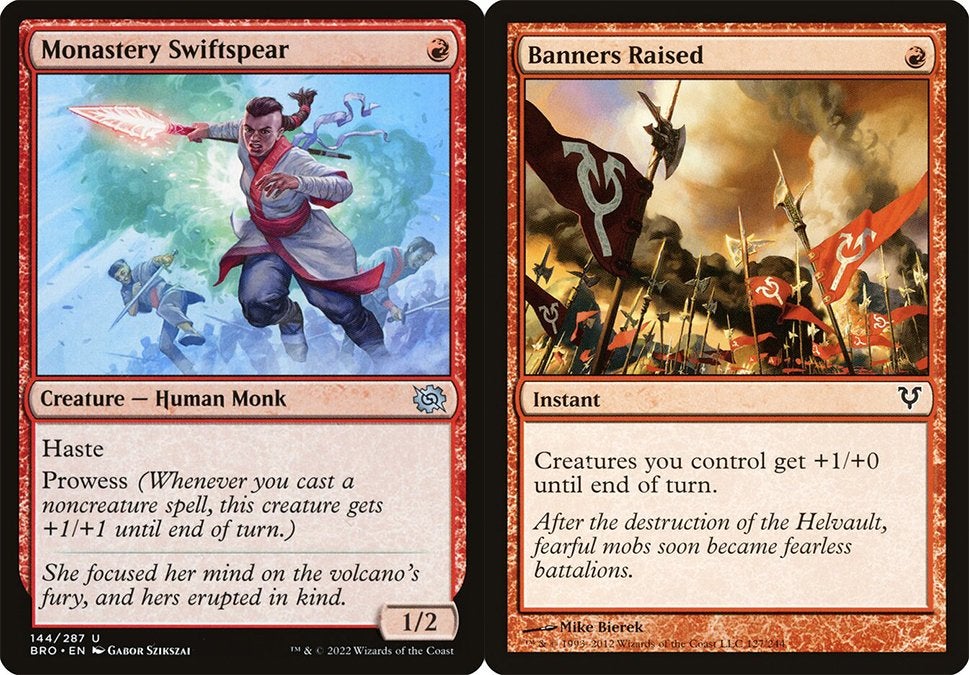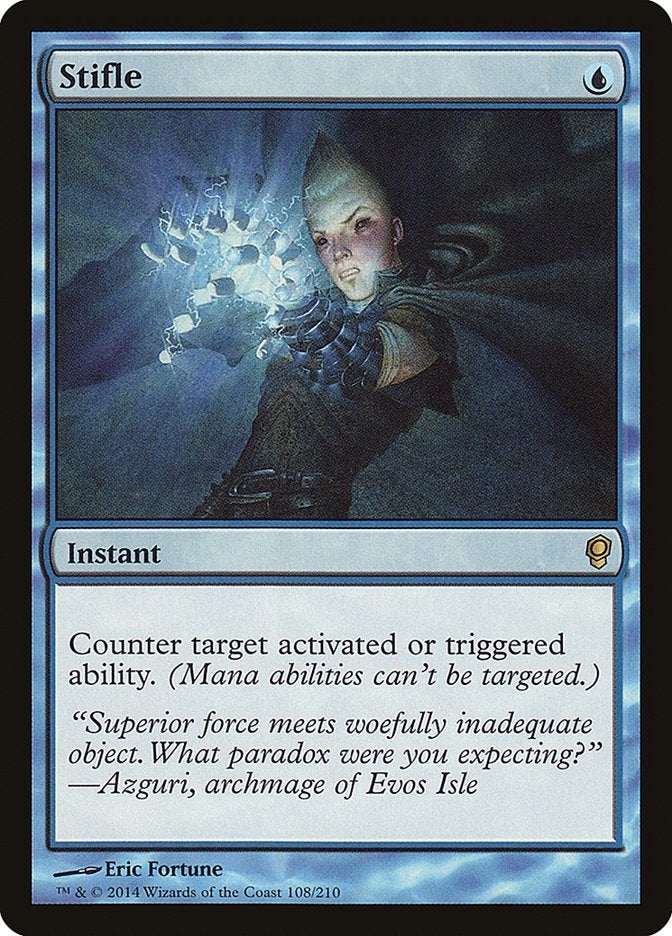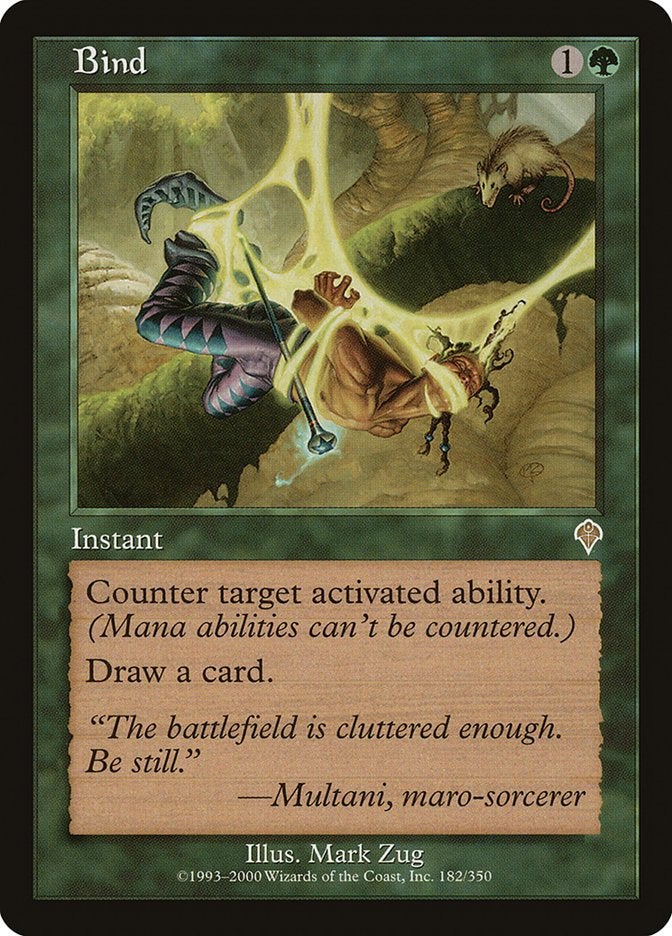![]() Key Takeaway
Key Takeaway
In Magic: The Gathering, whenever you cast a Noncreature spell, creatures you control with Prowess get a +1/+1 counter until the end of the turn.
The best way to use Prowess in MTG is to cast lots of Noncreature spells while you have one or more creatures with Prowess on the battlefield.
You can only truly counter Prowess with spells that specifically counter triggered abilities (not to be confused with activated abilities and mana abilities).
Although it’s not common these days, the Prowess ability in Magic: The Gathering still sees some use. This triggered ability is a great way to passively buff some of your creatures. To make the most of Prowess, your best bet is to create a deck with many Noncreature spells.
Table Of Contents
What Is Prowess?
In Magic: The Gathering, whenever you cast a Noncreature spell, creatures you control with Prowess get a +1/+1 counter until the end of the turn. Since you need to do something specific to activate the effects of Prowess, it is aptly classified as a triggered ability.
In terms of what triggers Prowess: everything except Creatures and Lands. This means Instants, Sorcery, Artifacts, Enchantments, and more will activate the effect of Prowess. However, each Noncreature spell you cast can only trigger Prowess once. Spells that are part Creature (like Artifact Creatures) will not trigger Prowess.
When triggered, Prowess goes on the very top of the Stack and gets resolved before the effects of the spell that triggered it. Besides activation, Prowess is not connected to the spell that triggers it. As such, if a spell that triggers Prowess is countered, the spell gets countered but Prowess is unaffected and still resolves.
An Example of How Prowess Works
Let’s say that you control an Abbot of Keral Keep. Your opponent has no creatures but they have some untapped lands. You want to attack, but you’re worried that your adversary has a trick or two up their sleeve. To avoid any issues, you cast Hapatra’s Mark to grant Hexproof to Abbot of Keral Keep.

Since Abbot of Keral Keep is a 2/1 creature (it has two power and one toughness), casting Hapatra’s Mark will increase Abbot of Keral Keep’s stats to 3/2 (+1 to its power and +1 to its toughness) once the effect of Prowess resolves.
If you cast one more Noncreature spell, Abbot of Keral Keep’s stats get boosted again—this time being increased to 4/3 until the end of the turn.
How to Use Prowess
The best way to use Prowess in Magic: The Gathering is to cast lots of Noncreature spells while you have one or more creatures with Prowess on the battlefield. Usually, this is most effective when you cast your Noncreature spells before you declare an attack. That way, your Prowess creatures will be as buffed as possible. In turn, this lets your creature deal more damage to your opponent.
This isn’t a complex mechanic by any means; however, there are plenty of ways in which you can make use of it. Of course, this depends on your deck’s core strategies. We’ll outline one tactic we like that uses Prowess to illustrate the effectiveness of this ability.
Stacking Counters With Prowess
It’s pretty easy to stack counters with Prowess. By doing so, you can turn a low-power creature into a veritable wrecking ball. What’s more, this can be done with very little mana.
For example, Monastery Swiftspear only costs one red mana to cast, and it has both Haste and Prowess. As such, you can cast it at the start of your turn and then boost it massively before attacking. Doing so with cheap Instant and Sorcery cards is an effective way to ramp up Monastery Swiftspear’s stats.

You cast Monastery Swiftspear (a 1/2 red creature), and then you cast two Banners Raised spells. The first Banners Raised increases Monastery Swiftspear’s stats to 3/3 (+1/+1 from Prowess getting triggered and +1/+0 from Banners Raised’s effect). Then, you cast your second Banners Raised spell. This leads to Monastery Swiftspear’s stats getting boosted to 5/4.
In one turn, you got a Haste creature on the battlefield and strengthened it into a 5/4 unit with only three mana. Such tactics are great for aggressive decks that want to end games fast. By combining low-cost Noncreature spells and Prowess creatures, you can potentially steamroll your opponent.
How to Counter Prowess
It can be hard to deal with an opponent deck that uses Prowess in Magic: The Gathering. Even if you counter your opponent’s Noncreature spells, the effect of Prowess still resolves. As such, you can only truly counter Prowess with spells that specifically counter triggered abilities.
An example of such a card is the Instant called Stifle.

If an opponent’s creature with Prowess is about to get a buff from a spell they played, you can cast Stifle and target the Prowess ability once it appears on the Stack. This stops that opposing creature from getting its +1/+1 counter from Prowess.
Keep in mind that if you’re looking for spells to directly counter Prowess, you need to look for Instants that specifically state that they counter “triggered abilities.” Instants that counter activated abilities and mana abilities will not help you against Prowess.
An example of a card that cannot counter Prowess is Bind.

The difference between triggered abilities and activated abilities is that triggered abilities grant their effect when something specific happens. In the case of Prowess, the ‘something happens’ is when the controller of a Prowess creature casts a Noncreature spell. Whereas an activated ability requires you to pay some sort of cost, such as paying mana or tapping a permanent.
If you really want to dominate the battlefield with Prowess, try combining its effect with other great offensive abilities—such as First Strike and Trample. Nothing demonstrates your mastery of combat tactics like an overwhelming victory!


